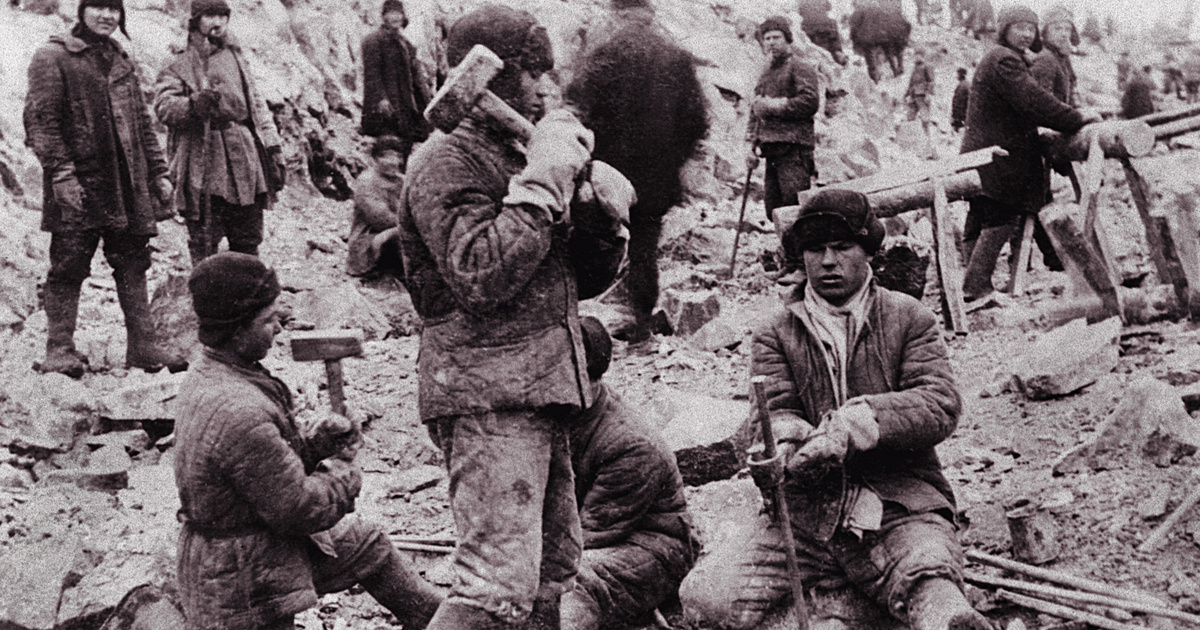I heard this story from a carpenter. As a teenager, I worked with her one summer because I needed money for a trip. Until I got acquainted with the world of chainsaws, hammers and humans, I didn’t know that craftsmen could learn not only professional knowledge, but also the way of life.
The story he told between assembling two chairs he touched when he related it. Thus, a story can only be told by someone who has not only witnessed what he said, but witnessed it as well.
Maybe that’s why the carpenter started in the middle. According to him, he took me to a faraway land, a concentration camp in Siberia, at a long time. In the twentieth century, and not just in the middle of it, many Hungarians were imprisoned there in inhuman conditions.
In the winter of the story, the calendar signaled the approaching Christmas, and the prisoners decided to remove the wood from the iron stove in the middle of the barracks. They gave out a few poles, but when the prisoners gathered around the fire, everyone carried with them just enough heat on their palms.
After the fire broke out, the prisoners approached each other. They sat around the fireplace as if it was still hot, and to give everything meaning, they understood it, telling each other’s tales. However, their bodies weren’t warm, but their souls were.
A word of mouth was sent, tales were told, and if someone got stuck in the chain, he had to kneel to the mouth of the cooled iron stove and shout, in the iron cylinder, this stove, give me a tale!
A stove is always provided. Where the story is funny, sometimes mourning, and those who sat around those few years there, in the middle of the twentieth century, and ultimately their destiny was home, every time they saw an iron stove, they tried to remember the tales.
But none of them crossed their minds. All there is to it is that everyone has a story to tell and leave it behind for those who still need it. Because these stories carried the prisoners’ hope that one day their life will turn into better days.
(Cover photo: Construction of the White-Baltic Canal (Belomurcanal). The canal was built between 1931 and 1933 with forced labor by Gulag prisoners. Photo: Laski Diffusion / Getty Images Hungary)












































